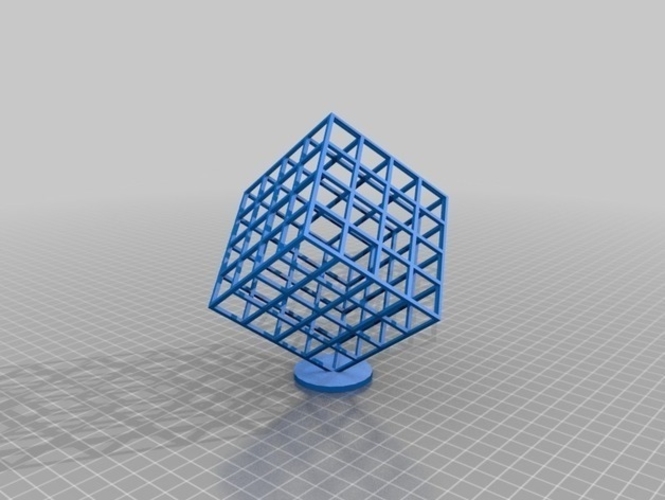This past week and a half I’ve been packing and moving to a
new apartment in between my job and school and I could not get much actual
progress done with photogrammetry or 3D printing and this week I was the one
who was unable to meet with Emma Dietrich due to how a packing time crunch. As
such I will use this week’s blog post to present a survey of the field where I
will showcase other projects already out there as well as papers which relate
to my research.
First
and foremost, the “Florida History in 3D” project is similar to what I hope to accomplish
on a smaller scale. Creating models which serve as a digital online exhibit
that show cases local Florida history is the real pull of this project and is a
great way to present a collection of artifacts that share the same story.
http://floridahistoryin3d.com/
“Scan
the World” is large project which seeks to present the world’s heritage in a
massive online database and takes a grass roots approach where anyone can capture
important cultural heritage objects in 3D and add it to the database with the
use of their phone camera, but this project is also supported by many museums
who digitize their collections into the database creating a database that has
over 16,000 objects. The idea behind this project is the bring cultural heritage
to the people with entire collections available online and are all free to download
and print off replicas with the use of a 3D printer. This project really inspires
my own as it makes cultural heritage more accessible and opens up a lot of options
for 3D replication, although this is not always feasible for more 1:1 replications
due to size restrictions.
https://www.myminifactory.com/scantheworld/
“Preserving Rapid Prototypes: A Review” is a great source
for understanding the current replication processes in the professional field. It
breaks down the differences between material type as well as applications, and the
operations of different printers. This source also showcases many different
projects which have used a variety of rapid protype replications and the benefits
of each which makes this source a great advocate for the replication field
especially with cultural heritage objects for public use.
Coon, Carolien. “Preserving rapid prototypes: A review.” Heritage
Science 4, no. 40 (22 November 2016).
The source listed below is a great source for detailing the
uses of photogrammetry in the archaeological field in the case for survey
purposes which allows for an accurate recording of an object at a particular
point in time to allow research without the need to travel back out to the site
again. This source also details the process of capturing an object with
photogrammetry in the field.
McCarthy, John. “Multi-image photogrammetry as a practical
tool for cultural heritage survey and community engagement.” Journal of
Archaeological Science 43 (2014).
The goal for the upcoming week is to unpack quickly and get
back on track with completing the project.










